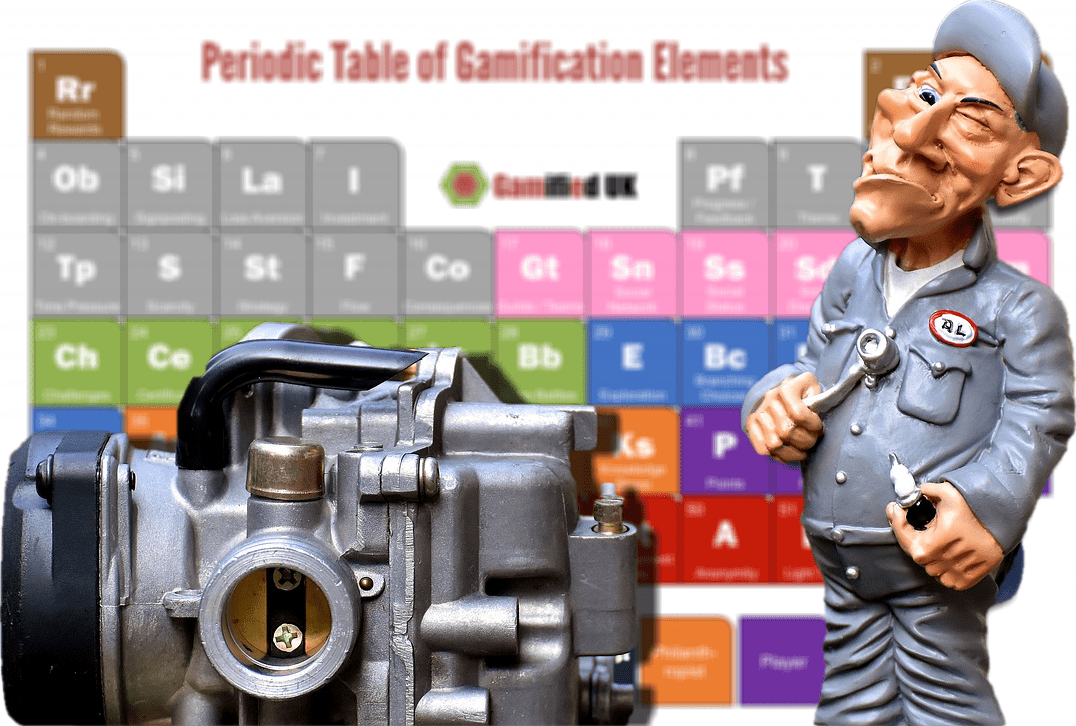Question
How do I design a business gamification to make it fun for users or employees?
This is a question that comes up a lot in my world. In this case, what follows is my answer on Quora when I saw this. It repeats some of the stuff I have said here before, but I think a little more concisely as I had to write it on my phone!!!
My Answer
I would want a lot more information.
First, What is the goal? The goal isn’t fun, it will be something like productivity increase or training compliance.
Once you really know the goal, explore why it isn’t already happening. Understand who the potential users are and what is stopping them doing the things you want them engaged with.





